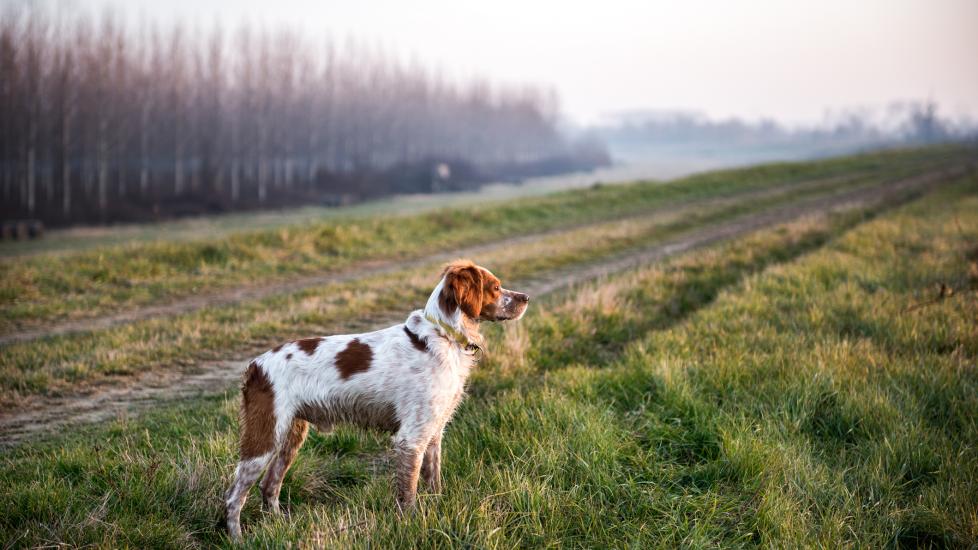Dogs, with their furry coats and outdoor adventures, can often find themselves the target of pesky flies. These tiny insects are not only a nuisance but also carry diseases that could be harmful to your pet’s health. It is crucial for dog owners to know how to effectively get rid of these pests without causing harm to their beloved companions. Here are some practical steps you can take to help keep those bothersome flies at bay:
Step 1: Identification
Before you start any treatment, it’s essential to identify what kind of fly problem your dog has. There are different types of flies, such as houseflies, horseflies, or fruit flies, each requiring its own specific method of removal. Knowing which type of fly is bothering your dog will guide you in choosing the most appropriate solution.
Step 2: Regular Bathing
Regular bathing is one of the simplest ways to reduce the number of flies attracted to your dog. Use a mild shampoo designed for dogs when giving them a bath. Not only does this cleanse their coat, but it also removes oils and other substances that might attract flies. Ensure that you rinse thoroughly to remove all soap residue from your dog’s skin and coat.
Step 3: Natural Repellents
Many natural ingredients can serve as effective fly repellents. For instance, lemon eucalyptus oil, citronella, lavender, or peppermint oil can be diluted with water and applied topically to your dog’s coat. Alternatively, you can make a homemade spray by mixing vinegar and water—vinegar is known to deter many flying insects. However, always test new products on a small area first to ensure they don’t irritate your dog’s skin.
Step 4: Fly Sprays and Collars
There are several commercial fly sprays available specifically formulated for use on pets. Look for ones containing pyrethrin or permethrin, both of which are safe for dogs when used correctly. Apply the product according to the manufacturer’s instructions, focusing on areas where flies commonly land, like around the face, ears, and legs. Be cautious with collars as some may contain chemicals that can cause irritation if ingested; read labels carefully before using them.
Step 5: Environmental Control
Keeping your surroundings free from standing water and debris can significantly reduce the breeding grounds for flies. Clean up after-meal messes promptly, especially those involving food scraps, and dispose of garbage regularly in sealed containers. Additionally, trimming overgrown grass and weeds can eliminate potential hiding spots for adult flies looking to lay eggs.
Step 6: Veterinary Assistance
If the infestation becomes severe, or if you notice signs of irritation or infection on your dog’s skin, consult with your veterinarian immediately. They may prescribe oral medications or topical treatments that are more potent than what can be found over-the-counter. Always follow your vet’s advice regarding dosage and frequency of application.
Remember, prevention is key when dealing with flies and your dog. By keeping your pup clean, using natural remedies, and maintaining a clean environment, you can create an unwelcoming atmosphere for flies. If necessary, seek professional assistance to protect your four-legged friend from these persistent pests.
